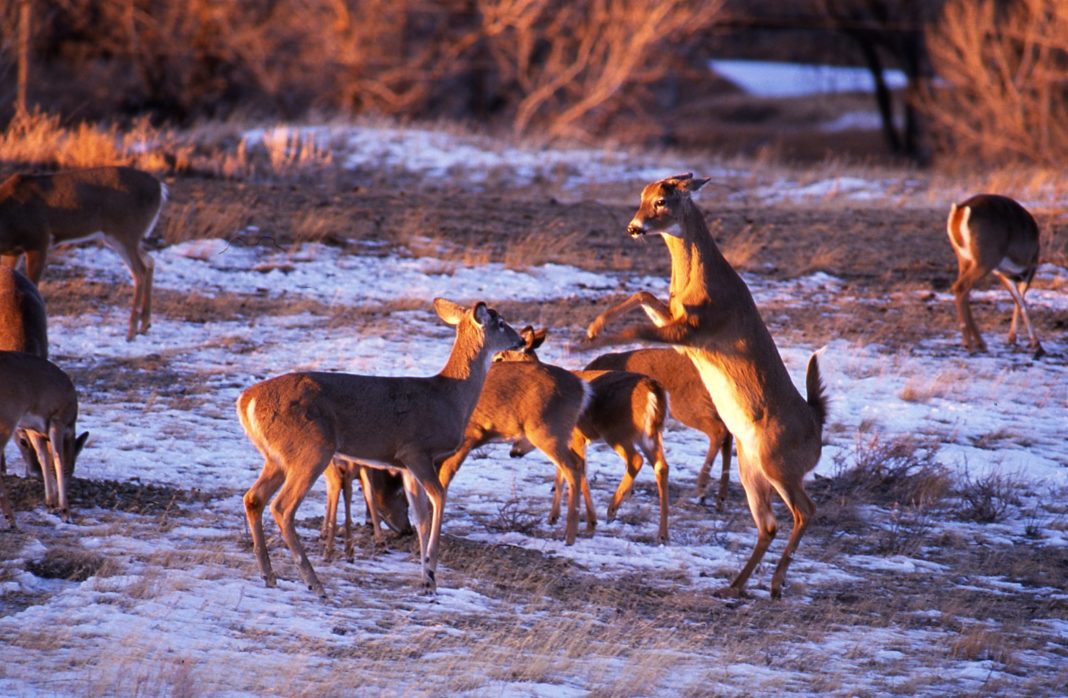With the rut fading into history, whitetail deer hunters have to modify their tactics as deer behavior changes. Those bucks that survived opening day won’t be rut crazed and acting careless any longer, yet another lesser rut is on the horizon. Allen Treadwell does a fine job of capturing the stages of deer behavior and provides several tips to help you score in late season in this post sponsored by Winchester:
Deer season can be broken down into three different categories, early season, the rut, and late season. All three have distinct advantages all their own. For example, early season allows the hunter to chase unpressured deer that haven’t been hunted in months still in summer patterns, and possibly bachelor groups of bucks still together. The rut has the advantage of big bucks throwing caution to the wind, with only one thing on their mind, breading. While most hunters may be quick to call the rut their favorite time to hunt, don’t rule out late season. Giving the proper conditions late season whitetail hunting can be one of the most productive times to fill your tag.
I refer to anything after the rut as late season hunting, and there are a few distinct variables that determine success on late season whitetails…



















![The Best Deer Camp Chili [VIDEO] Deer Chili Ingredients, Tomatoes, Chili Spices](/wp-content/uploads/2015/10/Deer-Chili-Deer-Camp-Recipe-218x150.jpg)
![How to Call Elk Early in the Season [VIDEO]](/wp-content/uploads/2016/08/byers003-218x150.jpg)




![Idiots Disturb Hunter: How Would You Have Handled It? [VIDEO]](/wp-content/uploads/2015/10/DSC00110-e1474487693878-100x70.jpg)
![Albino Buck Shocked to Shed His Antlers [VIDEO]](/wp-content/uploads/2015/10/AlbinoDeer-100x70.jpg)